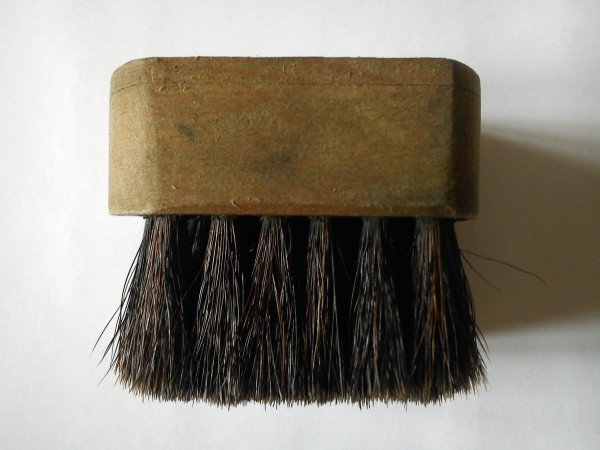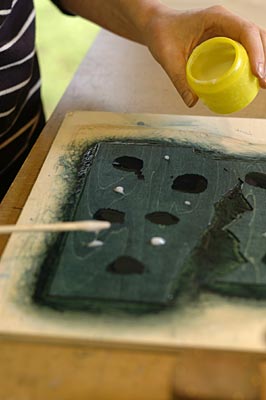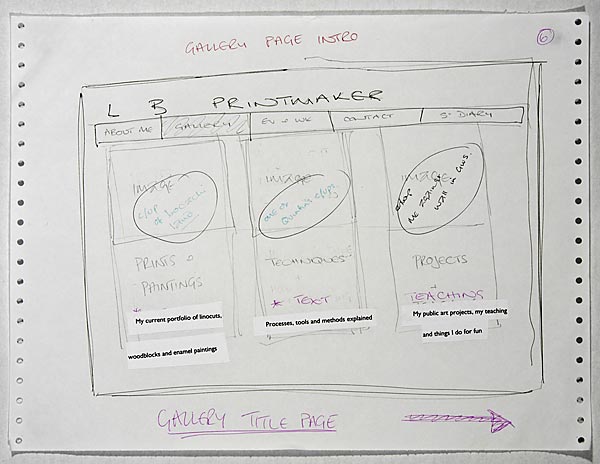Since 2009 I’ve had a 5m high and 140m long painting on exhibition in Aylesbury in the form of my street length enamel landscapes. People in Aylesbury know it well: they have no choice, they have to walk the length of my artwork to get to the train and bus station. My problem is showing everyone else. It’s impossible to squeeze even a sixth of it into one photo.

Finally we have a solution – a virtual walk along a massive composite picture of the whole thing and it is now on my web site. I won’t even pretend to understand how my husband Ben and brother-in-law Simon got the pictures taken, sorted and coded to make it happen. My technical involvement (apart from painting the thing in the first place) was to hold up a bit of white card at intervals and be photographed for colour balance. I’m also in the picture: once when I knew I was being photographed and look fairly civilised and a couple of times where I’m bored, cold and clutching a copy of the Sun that I found in a rubbish bin…
The virtual walk gives me just enough distance from reality for me to stop agitating about things I might do differently now and see the project for what it was: a brilliant risk that came good. It’s also an awful lot of happy memories of friends made, laughs had, early morning starts and late night finishes fired into each and every panel.
Do go and take a walk.


